Home Remedies For Arthritis Pain In The Knee
Managing arthritis pain and finding relief can involve various approaches, as no single treatment can guarantee complete and consistent pain relief. A combination of methods is often necessary, and adjustments may be needed over time as the condition changes.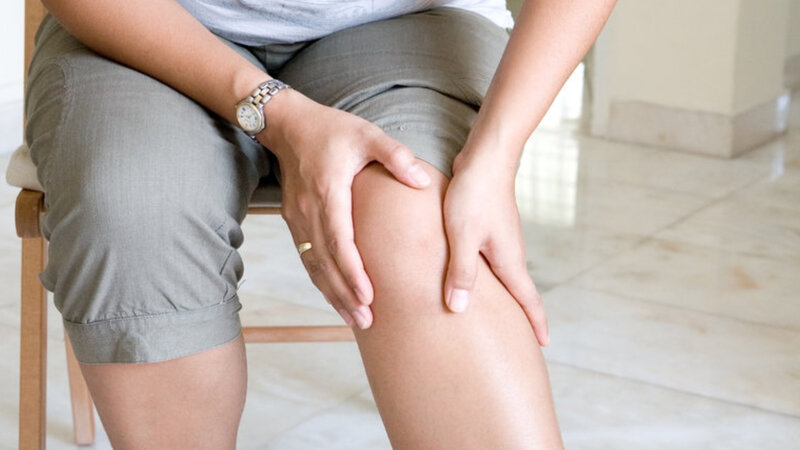
Ayurvedic treatment offers an effective approach to curing arthritis by combining Shodhana (purificatory therapy) and Shamana (palliative treatment). The primary goal of Ayurvedic treatment for arthritis is to alleviate joint pain, reduce swelling and inflammation, and improve metabolic disturbances. By addressing these aspects, Ayurvedic treatment aims to provide long-term relief and promote overall well-being.
Arthritis In Ayurveda
Arthritis, also known as Sandhivat in Ayurveda, refers to a condition that affects the bones and joints. It is characterized by symptoms such as joint pain, redness, swelling, edema, and inflammation.
Arthritis develops when there is inflammation in the joints or when the cartilage cushion between two bones breaks down. The cartilage serves as a protective cushion, facilitating smooth movement of the joints during activities like walking or running.
However, arthritis leads to cartilage inflammation or damage, resulting in bones rubbing against each other. This friction causes intense pain and hampers joint mobility.
What are the Common Types of Arthritis?
Arthritis, also known as Sandhivat in Ayurveda, encompasses a diverse group of musculoskeletal disorders that affect various components of the body, including joints, bones, muscles, cartilage, and connective tissues.
The two most prevalent forms of arthritis are osteoarthritis and rheumatoid arthritis. Additionally, there are other types of arthritis such as juvenile arthritis, psoriatic arthritis, gout, and fibromyalgia.
Each type of arthritis presents its own set of characteristics and symptoms, requiring specific approaches to diagnosis and treatment.
Type Of Osteoarthritis
Osteoarthritis is a chronic condition characterized by the breakdown of joint cartilage. This results in stiffness, pain, and limited movement in the affected joint.
Rheumatoid arthritis:
Rheumatoid arthritis is an autoimmune disease that causes inflammation in the joints. The body’s immune system mistakenly attacks the healthy tissues, leading to pain, inflammation, redness, and swelling in the joints. It can also affect other parts of the body such as muscles, blood vessels, nerves, and eyes.
Juvenile arthritis:
Juvenile arthritis refers to inflammatory arthritis that develops in children aged 16 and younger. It causes inflammation in the joints, similar to other forms of arthritis.
Psoriatic arthritis:
Psoriatic arthritis is a chronic inflammatory arthritis that occurs in individuals with a skin condition called psoriasis. It is characterized by painful, swollen joints, morning stiffness, and fatigue.
Each type of arthritis has its unique characteristics and requires specific management and treatment approaches.
The common symptoms of arthritis
- Joint pain: Individuals with arthritis experience pain in the affected joints. The pain may vary in intensity and can be described as aching, throbbing, or sharp.
- Joint stiffness: Stiffness in the joints, especially in the morning or after periods of inactivity, is a common symptom. It can make movement difficult and may improve with gentle exercise or movement.
- Joint swelling: Inflammation in the joints can lead to swelling, causing the affected area to appear swollen and feel tender to the touch.
- Limited range of motion: Arthritis can result in a decreased range of motion in the affected joints. It may become challenging to perform daily activities that require joint movement, such as bending or gripping.
- Redness and warmth: Inflammatory types of arthritis can cause redness and warmth in the affected joints. The skin around the joint may appear red and feel warm to the touch.
- Fatigue: Many individuals with arthritis experience fatigue and a general feeling of being tired or lacking energy. This fatigue may be due to the inflammation and chronic pain associated with the condition.
- Other symptoms: Some individuals with arthritis may also experience additional symptoms such as muscle weakness, weight loss, fever, or symptoms related to digestive issues like constipation or indigestion.
It’s important to note that the specific symptoms and their severity can vary depending on the type of arthritis and the individual. Consulting with a healthcare professional is recommended for an accurate diagnosis and appropriate management of arthritis symptoms.
Ayurvedic therapy
Ayurvedic therapy offers effective solutions for relieving arthritis pain. In Ayurveda, the signs and symptoms of arthritis, known as Amavata, are attributed to imbalances in the Vata Dosha and the presence of undigested or improperly formed food essence in the body. These imbalances are caused by poor digestion and metabolism, often associated with unhealthy dietary habits and age-related changes.
Ayurvedic therapies such as Virechan (therapeutic purgation), Abhyangam (oil massage), Basti (medicated enema), and Upanaham (local application of herbal pastes) are utilized to address arthritis. These treatments aim to restore proper digestion and metabolism, enhance joint lubrication, and strengthen the surrounding muscles. Medicated oils are used during massages and localized therapies to provide nourishment and promote joint health.
In addition to these therapies, Ayurvedic oral medications such as guggul and sallaki are commonly prescribed. These herbal preparations work synergistically with the therapies to provide positive results and improve the overall quality of life for individuals with arthritis.
Ayurvedic Medicine For Rheumatoid Arthritis In India
Virechana Treatment
Virechan is a vital component of the Panchakarma therapy in Ayurveda, specifically beneficial for addressing disorders associated with Pitta Dosha. It aims to restore balance by eliminating toxins and impurities from the gastrointestinal tract, liver, and gallbladder, thereby alleviating Pitta-related ailments. Virechan also plays a role in purifying the blood.
The Virechan procedure begins with Sudation and Oleation therapies, during which the patient receives medicated ghritams (ghee preparations) to prepare the body for elimination. This process helps to mobilize vitiated Vata Dosha. Subsequently, the patient undergoes Purgation, which involves administering a therapeutic purgative based on the individual’s condition. The effects of the purgative lead to increased bowel movements, facilitating the expulsion of Doshas through the anal route.
Following the Virechan therapy, the patient is advised to observe fasting and gradually reintroduce a light diet. Virechan therapy promotes detoxification of the body and provides relief from various health issues, including Arthritis, Gout, Skin disorders, Cardiac disorders, Jaundice, Gallstones, Obesity, and Allergies.
It is important to undergo Virechan therapy under the guidance of a qualified Ayurvedic practitioner who will assess your specific condition, determine the appropriate herbal preparations, and monitor the procedure to ensure safety and effectiveness.
Abhyangam Treatment
Abhyangam is a therapeutic full body massage that utilizes medicated oils to promote relaxation and overall well-being. This Ayurvedic therapy focuses on lubricating the joints and toning the muscles that support the joints, thereby strengthening them. By improving blood circulation and facilitating the removal of metabolic waste products, Abhyangam helps alleviate inflammatory pain associated with Arthritis.
During the Abhyangam session, two therapists work in synchrony to apply herbal oils to the patient’s body using a combination of strokes and pressure. The massage is performed in seven different positions and typically lasts for 45-50 minutes. The rhythmic movements of the massage help relieve joint and muscle stiffness, restore balance to the Doshas, and provide physical, mental, and emotional benefits. Abhyangam is known to be effective in treating conditions such as Arthritis, Spondylosis, Paralysis, Insomnia, and it also enhances immunity and promotes general well-being.
To ensure the maximum benefits and safety of Abhyangam, it is recommended to seek the expertise of trained Ayurvedic therapists who can tailor the treatment to your specific needs. They will select suitable herbal oils and apply appropriate techniques during the massage to optimize the therapeutic effects.
Basti Treatment
Basti is a vital component of the Panchakarma treatment in Ayurveda, specifically targeting Vata Dosha imbalances. It plays a significant role in cleansing the colon, which is often the source of various Vata-related issues, including Arthritis. Depending on the patient’s condition, one of the eight types of Basti is selected for the treatment.
During Basti therapy, either oil enemas or decoction enemas in a liquid medium are introduced into the rectum. This procedure effectively flushes out toxins and excess Vata Dosha from the body, promoting balance and restoring health.
Basti therapy is particularly beneficial for Vata disorders such as Arthritis, Gout, Rheumatism, Headaches, and Muscle spasms. It also provides relief from Sexual disorders, Kidney stones, Heart pain, Constipation, and Sciatica.
To undergo Basti therapy, it is advisable to consult with a qualified Ayurvedic practitioner who will assess your specific condition and determine the most appropriate type of Basti for your needs. The therapy is administered under professional guidance to ensure its safety and effectiveness in addressing your health concerns.
Upanaham Treatment
Upanaham is a highly beneficial Ayurvedic therapy specifically designed to address joint pain caused by Arthritis. It focuses on nourishing the tissues and effectively treats osteoarthritis. Additionally, Upanaham provides relief from swelling and localized pain resulting from joint injuries.
The therapy involves the application of a warm and medicated herbal paste to the affected area. The paste is carefully covered with pain-relieving herbal leaves and securely bandaged with a cotton cloth. After a few hours, the bandage is removed.
Upanaham works by improving circulation, promoting the healing process, and strengthening the muscles surrounding the affected joint. It effectively alleviates Arthritic joint pain and reduces swelling, providing much-needed relief.
To receive Upanaham therapy, it is advisable to consult with a skilled Ayurvedic practitioner who will assess your specific condition and customize the treatment accordingly. The therapy is conducted under professional supervision to ensure its optimal efficacy in addressing your joint pain and promoting overall well-being.
Note: It is important to consult with an experienced Ayurvedic practitioner to receive a personalized treatment plan that addresses your specific condition and needs. They will consider your unique constitution, the severity of symptoms, and other factors to determine the most appropriate therapies and medications for you.



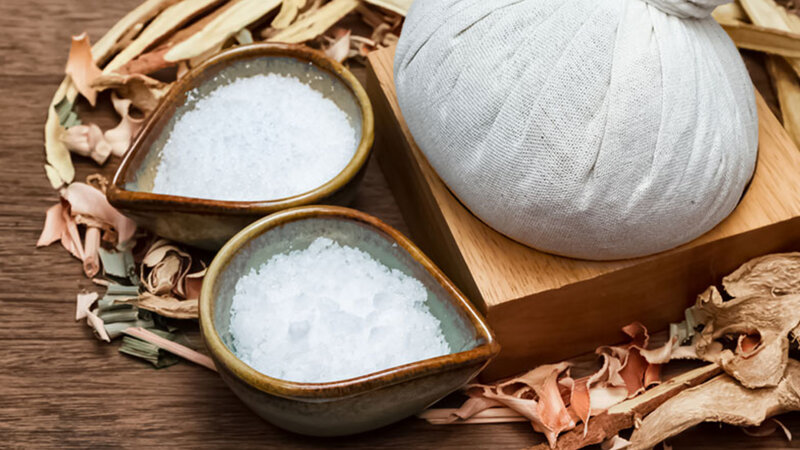


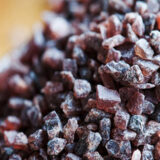



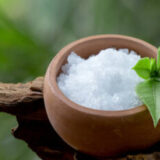

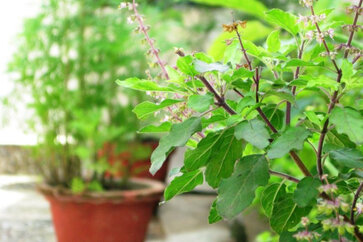





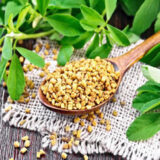





good, informatoion regarding to medicine not sufficient .plz elabarate the preparation